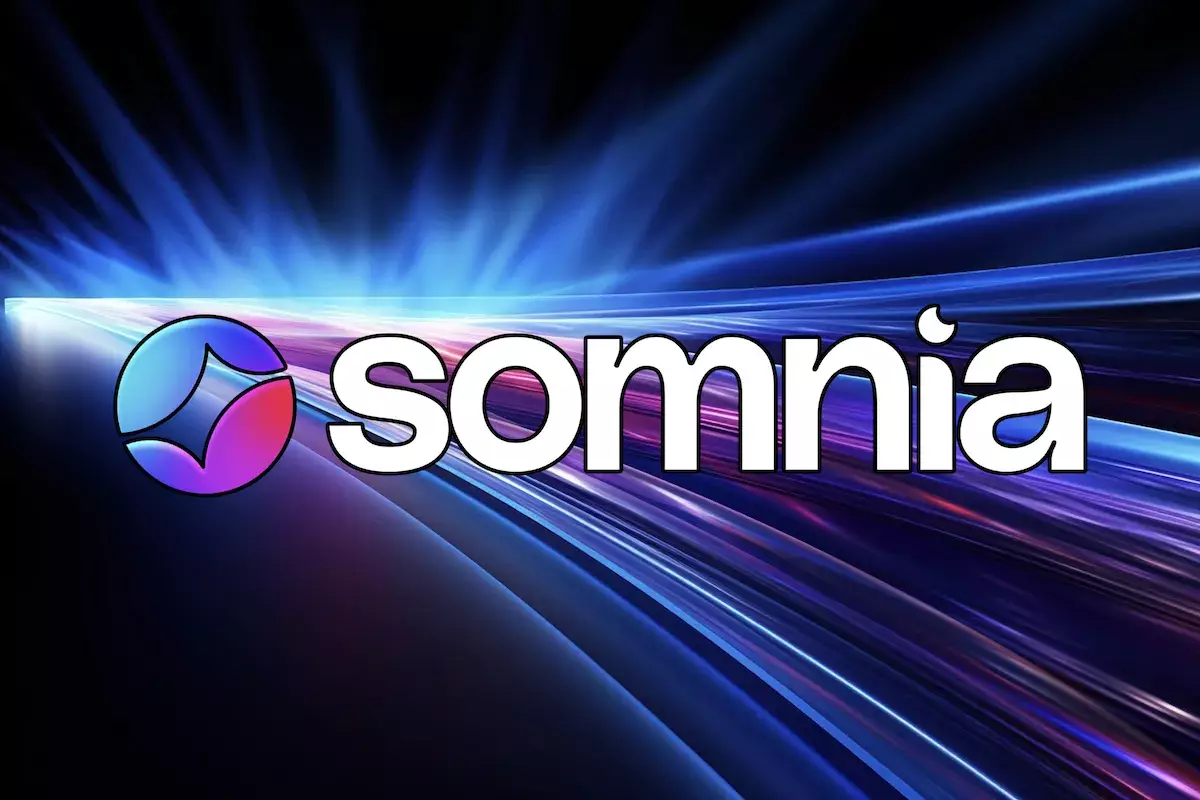The blockchain landscape is constantly evolving, with various platforms competing to provide an efficient foundation for decentralized applications (dApps). Somnia, a revolutionary Layer-1 blockchain, has recently garnered attention after announcing extraordinary results from its Devnet testing. These results challenge the conventional expectations associated with blockchain technology, showcasing the potential for unparalleled performance and speed that could reshape the decentralized ecosystem.
Somnia’s Devnet tests reported a staggering capability of executing 1.05 million ERC-20 token transfers per second (TPS). This achievement is particularly noteworthy for blockchain applications, which have traditionally faced limitations when it comes to handling back-to-back transactions at scale. The ability to handle over one million transactions in a second could eliminate bottlenecks that often plague high-traffic dApps, allowing for seamless user experiences.
Furthermore, the Devnet tests revealed that Somnia can mint an impressive 300,000 NFTs every second. The increasing popularity of NFTs has placed a significant burden on existing platforms, often leading to congestion and exorbitant fees. Somnia’s capacity to support this level of NFT minting opens avenues for artists and developers alike, ensuring that creators can launch their digital art without fear of excessive delays or costs.
An important aspect of Somnia’s testing was the simulation of real-world use through transactions across 100,000 accounts, leading to 50,000 Uniswap trades per second. Uniswap, a decentralized exchange protocol critical to the Ethereum ecosystem, requires efficient and swift transaction processes. By demonstrating the ability to handle such trading volumes, Somnia establishes its viability as a foundation for trading platforms and other financial applications, bringing forth the potential for an ecosystem characterized by robust activity and responsiveness.
The tests were conducted using advanced hardware architectures with up to 32 virtual CPUs and 120GB of RAM across 100 different nodes situated in multiple regions. This rigorous setup ensured that the results were not only promising on paper but also reliable in practical deployment scenarios. With network delays clocking in at just under one second—specifically 900 milliseconds—Somnia is well-positioned to deliver high-quality interactions for users.
At the heart of Somnia’s performance lies its custom Ethereum Virtual Machine (EVM) compiler and innovative compression techniques. The EVM, which processes smart contracts, serves as a crucial component of any blockchain application. Somnia approaches this with a tailored strategy, allowing it to optimize transaction processing and achieve remarkable speeds.
Another technological breakthrough is IceDB, a specialized database capable of read-and-write speeds in the nanosecond range, varying between 15 to 100 nanoseconds. This rapid data handling contributes to the lower transaction costs, which average less than a penny. The combination of cost-effectiveness and swift transaction speeds positions Somnia as a compelling option for developers who prioritize efficiency in their dApp designs.
Looking forward, Somnia plans to initiate a public testnet to grant developers and members of the community an opportunity to engage with the platform directly. This encourages innovation and experimentation, allowing early adopters to build diverse applications ranging from gaming platforms to financial services without the trade-offs of slow transaction speeds or high fees.
Paul Thomas, the Founder and CEO of Somnia, expressed excitement over the validation of their approach, emphasizing the significance of their results. He articulated the intention to create a new era for on-chain applications where barriers of speed and scalability are effectively dismantled.
Somnia’s Devnet test results signal a transformative step forward in the realm of blockchain technology. With its focus on speed, reliability, and economical operation, Somnia is poised to drive innovation in Web3 development. As it transitions into the public testnet phase, the opportunity for developers to explore its capabilities could lead to a surge of creative applications, marking Somnia not just as a blockchain platform, but as a potential cornerstone of the evolving digital landscape for years to come.

